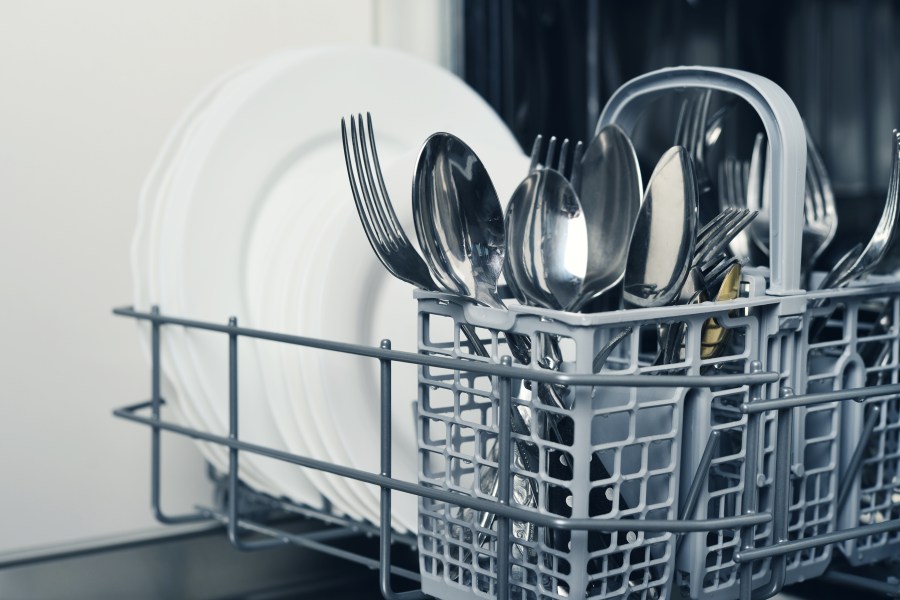How to Install a Dishwasher

There comes a point in the life of every dishwasher when it becomes ineffective at cleaning the dishes. You will typically notice that dishes are not getting cleaned completely. Maybe rust and dirt are now clogging the pipes and the rate of water flow has slowed to a trickle. If that is the case for your dishwasher, then it’s time to replace it.
Before installing the new dishwasher, you must first take out the old dishwasher. You will then need to prepare the pipes and area where your new dishwasher is going to sit. Once this is done, you can install the new dishwasher and make sure it’s connected properly. Below, we show you how to get these individual steps right and install your new dishwasher.
Take Out the Old Dishwasher and Prepare Pipes
First, we must prepare the dishwasher installation area. There are two main pipes to consider: a water pipe and a drainage pipe. Make sure the pipes are clear and that there are no blockages. This helps ensure the smooth flow of water into the dishwasher once the installation is done.
In addition, clearing the drainage pipe ensures waste will be conveyed efficiently out of the dishwasher and into the drainage system.
Finally, we will need a power source. You will likely have a cupboard within easy reach of the dishwasher area that has a socket within it. If not, you will need to take an electrical extension cord so you can bring power near to the dishwasher.
Connect the Water and Drainage Pipes to the Dishwasher
Now that we have the pipes ready, make sure the water source is turned off completely. You will take a water hose and pass it through the area in the back of the cupboard where the dishwasher will sit. This first hose will carry water from the water source to the back of the dishwasher. Here, you will connect this pipe to the dishwasher’s water inlet pipe. Make sure to screw this first pipe firmly on both ends, to the water source and to the dishwasher.
Next, connect a drainage hose between the dishwasher and the drain pipe. You will pass this pipe typically through a hole in the bottom of the cupboard that houses the water tank or another water unit. Connect it to the drainage pipe and to the drainage outlet of the dishwasher.
It’s a good idea at this stage, before you move the dishwasher into its resting position, to check the water flow. Turn on the water source and check to see that there is no water flowing onto the ground. If you do not detect water leaks early, they can form nasty puddles on the ground later.
Installing the New Dishwasher
When you connect the drainage pipe to the drain unit, make sure the spigot that connects the drainage hose is fairly high. This is to ensure that water does not flow from the sink down into the drain pipe. If this happens you can end up with dirt, polluted water oozing all around the floor.
With the pipes firmly attached, now carefully slide the dishwasher into position in the dishwasher cavity. This is the space, typically a wooden cupboard, where the old dishwasher used to occupy. If you are installing an entirely new dishwasher in a space where none existed before, you might have a new cupboard to act as a container for the dishwasher. Slide the dishwasher into place and make sure it is sitting stable.
Testing the New Installation
The final step in the installation is to connect the power source to your dishwasher. Be extra careful when making the electrical connection to avoid electrical shocks. This means ensuring your hands are fully dry and not mixing up the electrical wires you might need to connect together.
Now that the installation is done, you will need to test it. Start up the water and power supply sources. Then run the dishwasher on an initial run and ensure that there are no water or power leakages. Verify that it is cleaning the dishes effectively and efficiently.
Once connected, a dishwasher can last in operation for up to 10 years or more. It’s very important to carry out regular cleaning and maintenance to prevent clogs and other problems from occurring.





